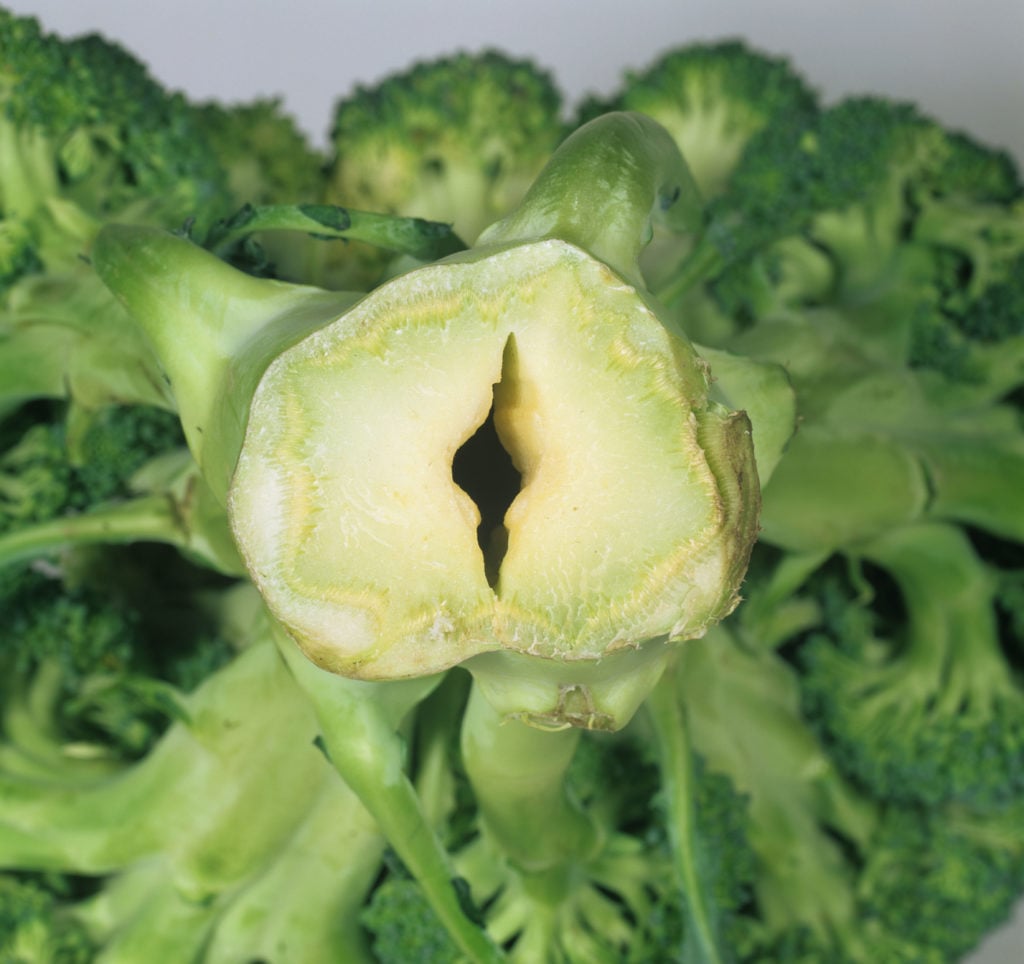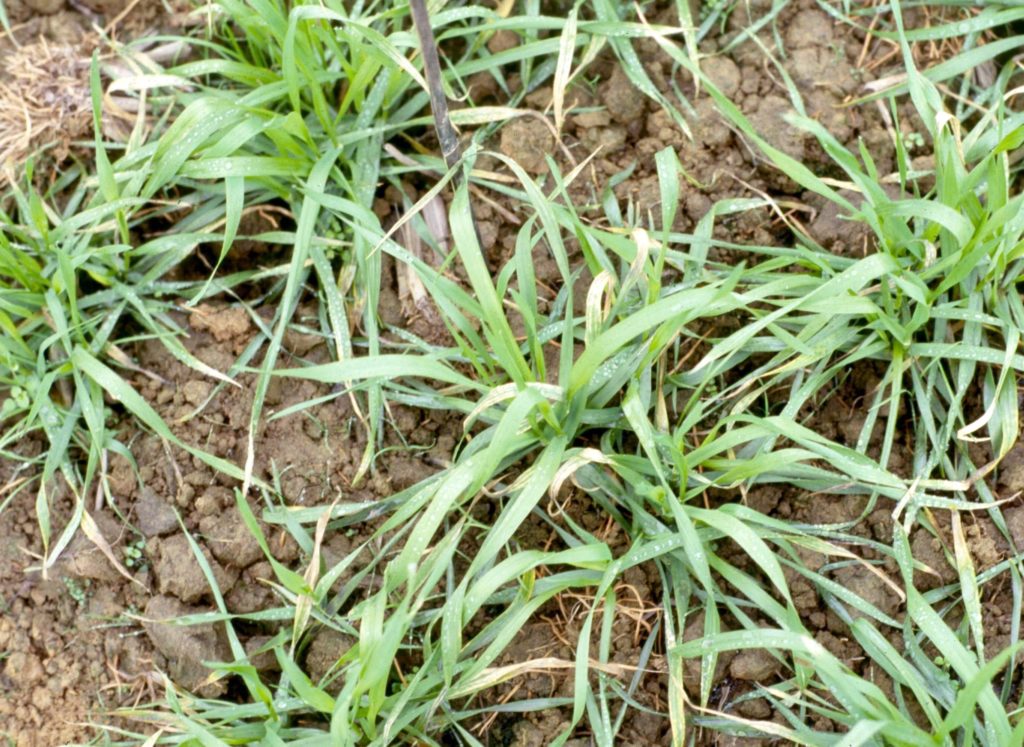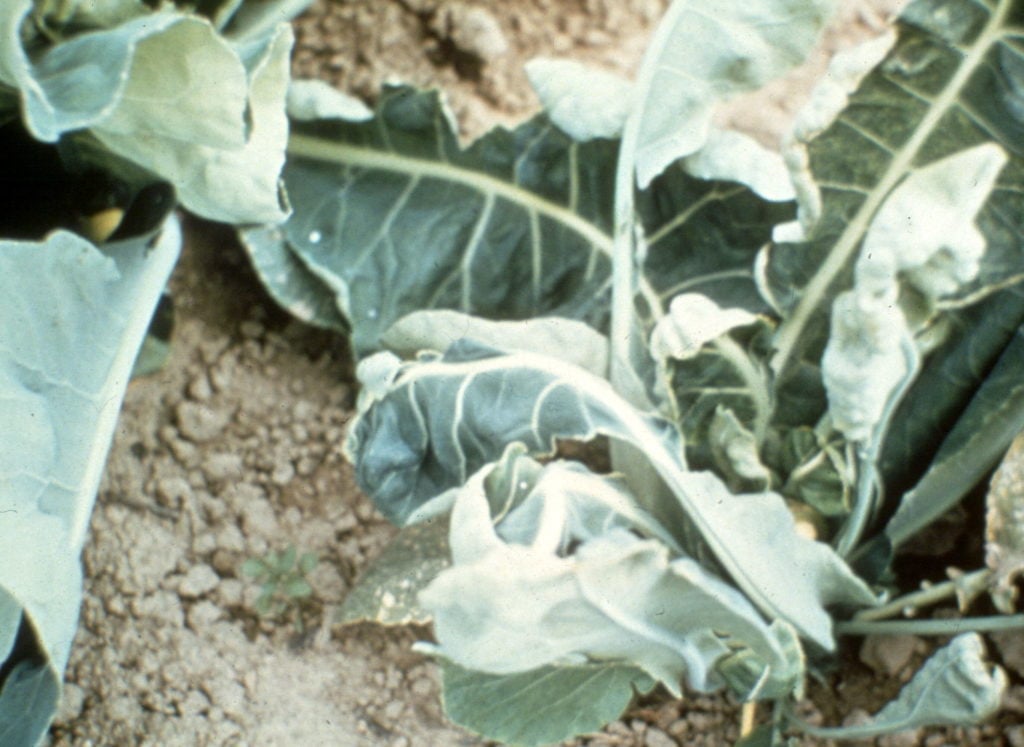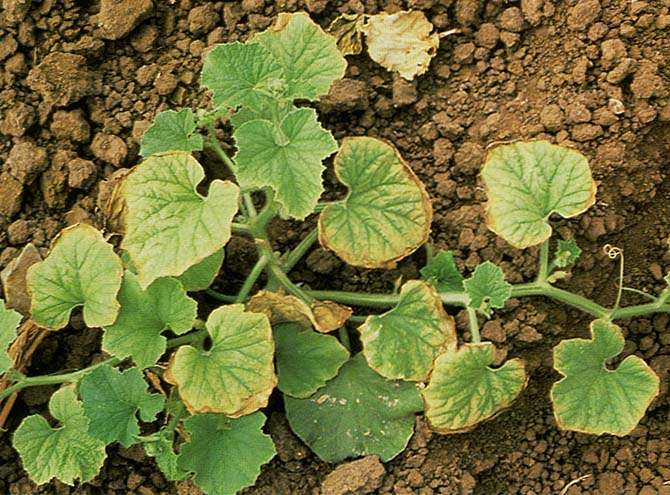Crops can still be found to be deficient in one or more trace elements. Although recognizing micronutrient deficiencies might be difficult even for experts, we want to share some indicators to stay alert.
As important as the primary nutrients (Nitrogen, Phosphorus, Potassium) and secondary nutrients (Calcium, Magnesium), Trace Elements (TE) are vital to plant growth. Also known as micronutrients, these elements are only required in small quantities -very much like vitamins in human diets- and can be found in tiny amounts in soils. The availability of trace elements in soils might be tricky as many cropping areas are deficient in micronutrients in their native condition. So growers must take extra care with micronutrient management.
What indicators show a trace element deficiency? Our Agronomists go through Boron and Molybdenum to explain what signs we must pay attention to spot micronutrient deficiency in crops.
Symptoms of Boron deficiency in crops
The role of Boron (B) in crops is linked to the pollen tube formation, migration of sugars, reduction of Nitrate, and bud growth. It strengthens fruit sets and maximizes healthy berries. Symptoms of Boron deficiency may affect the pith and epidermis of stems, but other consequences may be presented as:
- Wrinkled crispy/brittle leaves
- Necrotic spots on fruit
- Asymmetrical growth
Check out some pictures of broccoli (first image), alfalfa (third one), and canola (fourth one) suffering from Boron deficiency.
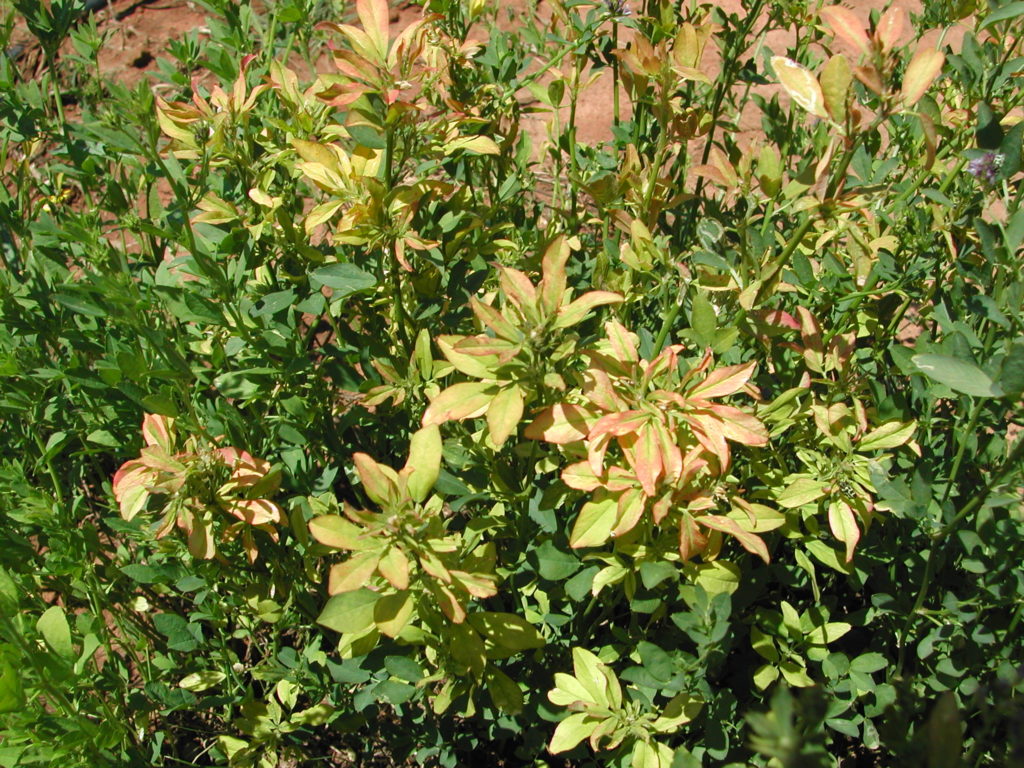
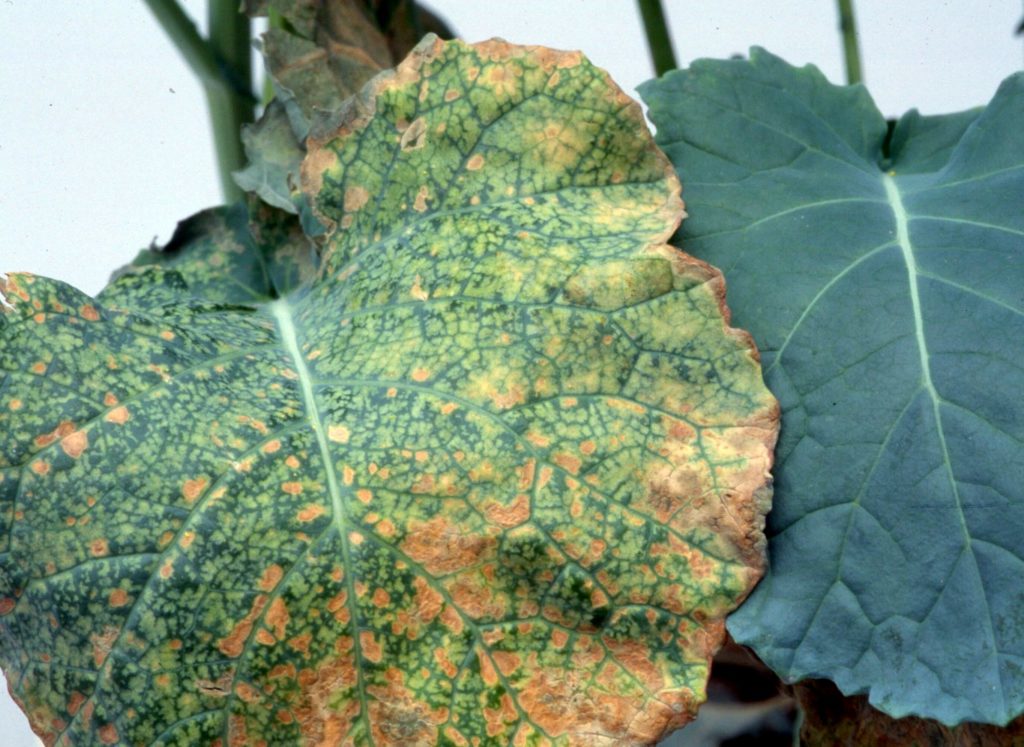
Symptoms of Molybdenum deficiency in crops
Molybdenum (Mo) stimulates the floral development in the plant and enables biological nitrogen fixation by bacteria nodules. Symptoms of Molybdenum deficiency look similar to a lack of Nitrogen, although leaf edges may die in this case. Growers can recognize molybdenum shortage when:
- Leaves fragments appearing from a central rib in a perpendicular plane to the remainder of the leave
- Destruction of the terminal bud, starting new branches like “tillering”
See some examples of Molybdenum deficiency in wheat (second picture), cauliflower (fifth one), and melon (sixth one).
How to prevent Boron deficiency and Molybdenum shortage in plants?
Our Agronomists recommend our seaweed-based biostimulant FoliaStim® B Mo Liquid. Formulated with 15% seaweed, this highly concentrated liquid Micronutrient fertilizer is a stable solution to apply during vegetative growth, especially as of bud development, before flowering. Thanks to the high level of B and Mo, growers can use FoliaStim® B Mo Liquid to treat plants with Boron and Molybdenum deficiencies. Our formula improves cell division, and cell wall formation and supports the plant to manage its Nitrogen needs.
Besides our High Performing Solutions, our catalogue includes other fertilizers to feed your crops and balance the shortage of nutrients: Oligo Boron 150 g/L Liquid, Oligo Boron Molybdenum 11 + 0.5 Liquid, among others. Take a look at our product range!
